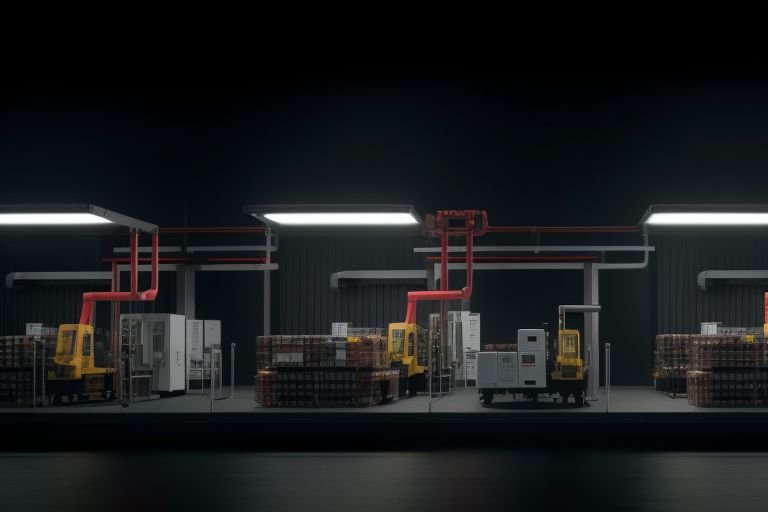
Semiconductor Fabs Come Online, Easing Chip Shortages
The semiconductor supply constraints that have affected several industries from automobiles to consumer durables for the past two years are gradually improving as new chip-making capacities are being added and supply chains are being realigned to cope with the increasing demand. This development is a welcome to manufacturers across the globe and is changing the dynamics of the semiconductor industry.
The three biggest players in the market, TSMC, Samsung, and Intel have also increased their efforts in expanding their production. The new $12 billion fab of TSMC in Arizona has started its operation which is a big move towards the expansion of the company’s manufacturing facilities outside Taiwan. Likewise, Samsung’s $17 billion plant in Texas has started production and is adding to the supply of leading-edge chips for different uses.
Intel has come a long way under the leadership of its current CEO Pat Gelsinger and especially with the IDM 2. 0 strategy, which focuses on the company’s return to the leadership in the chip production. The company’s new fabs in Arizona and Ohio are almost ready, production is set to commence in the next few months. These investments are in line with Intel’s strategy to become a leading contract chipmaker, going head to head with TSMC and Samsung.
The improvement in the chip supply is also affecting many sectors in society. The automobile industry which was one of the biggest victims of the shortage is seeing better production figures of vehicles. General Motors and Ford have said that they plan to achieve full production rates by the end of the year, which is much better than the many factory closures and reduced output seen in 2022 and 2023.
Consumer electronics manufacturers are also reaping from the increased chip supply as a result of the measures that have been put in place. Apple, which had to postpone the release of several products because of the lack of components, can now supply its new iPhone and Mac models. On the same note, gaming console manufacturers Sony and Microsoft are increasing the production of PlayStation 5 and Xbox Series X respectively due to increased availability of chips.
The measures that the semiconductor industry has taken in response to the shortage have resulted in a massive restructuring of the world’s supply chains. The globalization of the chip production is being replaced by the regionalization, as governments of the United States, European Union and Japan provide incentives for chipmakers to build new factories or expand the existing ones in the region. This change is due to the focus on supply chain risks and the need for securing the country’s supply chain.
The CHIPS Act in the United States that offers $52 billion in subsidies for domestic semiconductor manufacturing and research has led to a number of investments in the U. S. -based chip production. Comparable efforts in Europe and Japan are to decrease reliance on the Asian suppliers and to guarantee the availability of the chips for strategic sectors.
With the global chip supply constraint slowly being unwound, the focus is shifting to the future viability of the semiconductor space. The recent investments in new fabs have created some concerns on the overcapacity in the next few years if the demand growth is not as strong as expected. It is for this reason that industry analysts are keen to look for indications of a boom-bust cycle that has been typical of the semiconductor industry.
Another factor that has been increasing the competition between the key market participants is the emphasis on the development of more sophisticated chip production. TSMC and Samsung are already planning for 3-nm and 2-nm fabrication process nodes, while Intel is trying to advance its own fabrication process node plans. This competition is fostering advancements in the design and production of chips at a very fast pace with consequences on the performance of numerous electronic products.
The improvement in the semiconductor supply situation is also causing a review of the stock policy in various sectors. A number of firms are changing their approach from the just-in-time production model and opting to hold more chips in their inventory to protect against future supply chain disruptions. This change may have a positive impact on the future of supply chain management and working capital needs in industries that rely on chips.
While the semiconductor industry continues to recover from the effects of the post-shortage, it is unclear what the effects of the disruptions will be in the future.
Will the current tendency of regionalization of the chip manufacturing prevail or will the global nature of the semiconductor industry come back? What will happen to the chip prices and the profitability of the industry in the next few years with the huge investments in new manufacturing capacity? The answers to these questions shall define the future of the semiconductor industry and the numerous industries that rely on this industry for their growth and development.


